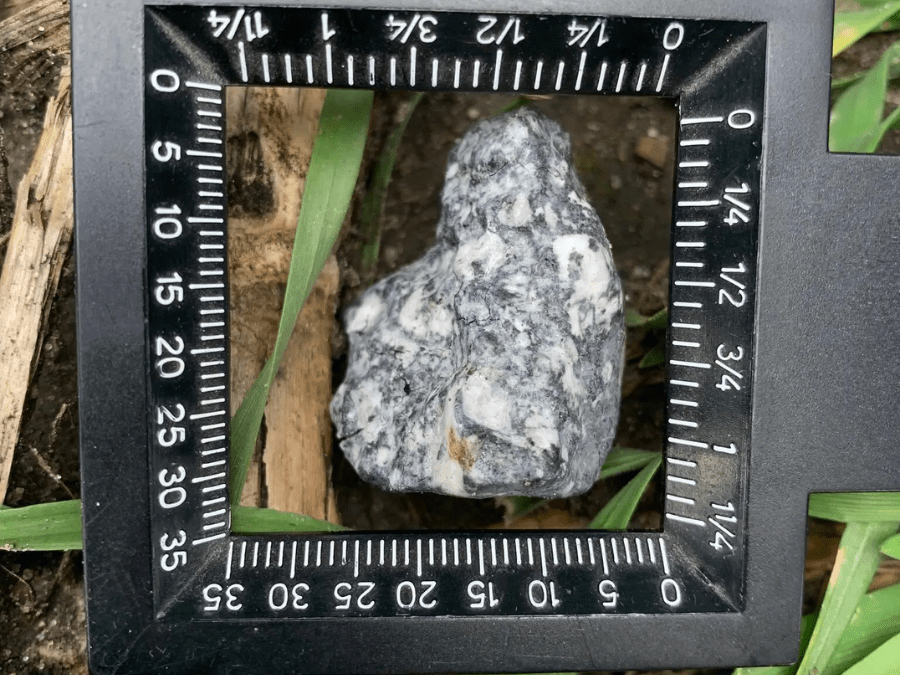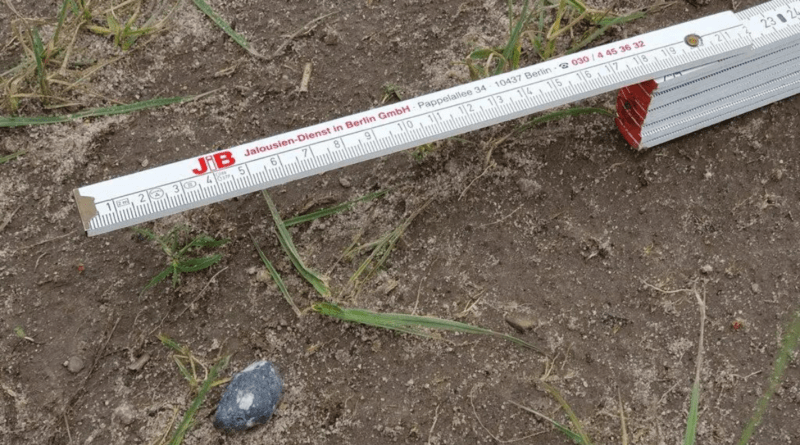Know Some Fragments Of An Unusual Asteroid With Mystery Origin
Scientists discovered bits of a meteorite that crashed in Berlin shortly after midnight on January 21. It is a remarkable find from an asteroid discovered shortly before it hit Earth’s atmosphere. Only a few such incidents in recent years have permitted astronomers to track an arriving rock’s origin in the solar system.

Early investigation of the shards revealed something equally uncommon. The meteorite is an aubrite, a kind of uncertain origin that some experts believe could be fragments of the planet Mercury. They are so rare that they accounted for only 80 of the approximately 70,000 meteorites collected on Earth prior to last month’s incident.
“It’s really exciting,” said Sara Russell, a meteorite expert from the Natural History Museum in London. “There are very, very few aubrites.”
Krisztián Sárneczky, a Hungarian astronomer, discovered the asteroid that formed the meteorite (or rather, meteorite fragments) three hours before it collided with Earth’s atmosphere. A network of cameras monitored the oncoming rock, 2024 BX1, as it fell near Ribbeck, a hamlet outside Berlin. According to estimates, the rock was small, measuring less than three feet. It still produced a spectacular flash, which cameras in many regions of Europe picked up.
As soon as he heard about the meteorite fall, Peter Jenniskens, an astronomer at the SETI Institute in California, purchased an airline ticket.
“On Saturday afternoon, I learned about it,” he told me. “On Saturday evening, I was on a plane to Berlin.”
During a nine-hour layover in Newark, Dr. Jenniskens calculated where portions of the meteorite may be located so that when he landed early Monday morning, he and nearly two dozen students and volunteers could begin looking for fragments right away.
For days, they trawled through the countryside surrounding Ribbeck. “We couldn’t find anything,” he continued.
But on Thursday, January 25, a Polish meteor-hunting team claimed that it had discovered the first component of the meteorite. “They could show us what to look for,” Dr. Jenniskens explained. The meteorites were not dark, as one would expect given their journey through the atmosphere, but rather bright, similar to terrestrial pebbles.
In under two hours, a member of Dr. Jenniskens’ team, Dominik Dieter, a student at Freie Universität Berlin, discovered a meteorite laying on top of the earth. More were immediately discovered.
“It was incredible,” Dr. Jenniskens added. “We found over 20 fragments.”
An electron microprobe was used by researchers at Berlin’s Natural History Museum to analyse the minerals in the fragments. That revealed that the pebbles resembled aubrites. This was the first time such meteorites had been found in a tracked fall.
The origin of aubrites, named after the French town of Aubres near where they were discovered, is unknown, as their composition differs from other known sources of meteorites in the solar system. Some research suggests they are pieces of Mercury, but not all experts agree.
If aubrites come directly from Mercury, 2024 BX1 should have originated in the inner solar system. However, analysing its course reveals that the asteroid’s initial orbit was far larger and outside of Earth’s orbit.
“Therefore, this object could not have come to us directly from Mercury,” stated Marc Fries, a planetary scientist at NASA Johnson Space Centre.
However, it is probable that aubrites were ejected from Mercury a long time ago and ended up in the asteroid belt between Mars and Jupiter, where they formed the E-type asteroids. The orbit of 2024 BX1 does not fully rule out this possibility; however, Dr. Fries is sceptical.
Whatever their origin, 2024 BX1 fragments will be scientifically fascinating. “I’m sure it’s going to be a priority to find out what its composition is and how it compares to other meteorites,” Russell added.
Tracking asteroids as small as this before they enter the Earth’s atmosphere is also critical for defending the planet against asteroids. According to Davide Farnocchia of NASA’s Centre for Near Earth Object Studies, smaller space objects often go undetected but can cause issues for people on the ground, such as the 65-foot-wide Chelyabinsk meteor that erupted above Russia in 2013 and injured hundreds of people. Knowing the trajectories in advance could offer individuals more time to get to safety.
“If you could send a warning, nobody would get hurt,” he added.




